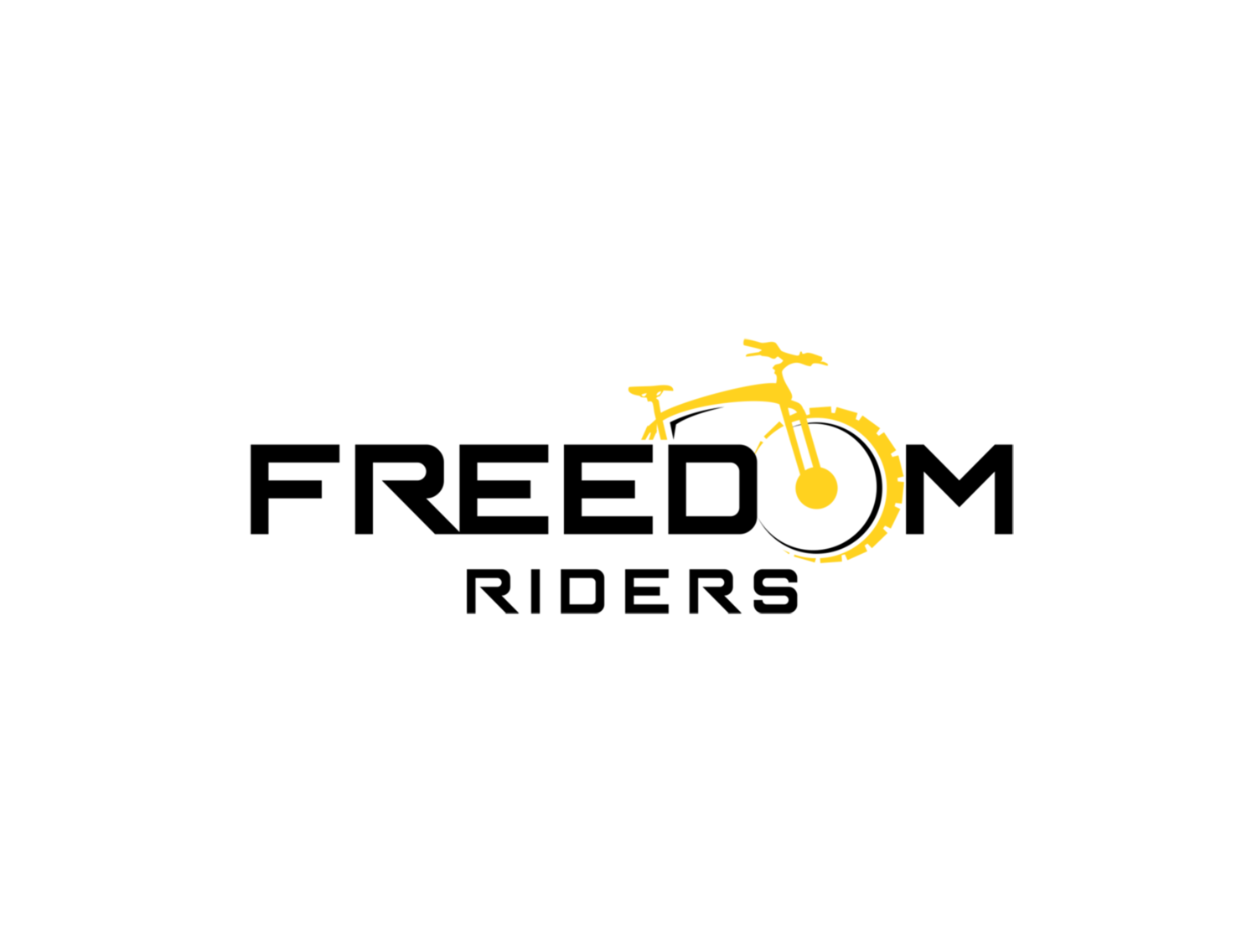There is no other thrill like riding your bike down some single track, carving turns, feeling the wind on your smiling face and experiencing the flow that gets the heart racing. Things can happen fast at high speeds so being prepared in the event of a crash can be the difference between dusting yourself off versus weeks on the couch. One of the most important pieces of safety equipment is your helmet. Let’s talk about some important information when looking for the right helmet.
First get a quality Mtb specific helmet! This is one piece of equipment you should not skimp on price. Quality Mtb helmets can be expensive but there is good reason; they are made of durable and light materials, tested for fit, designed for breathability at low speed and crash tested based on possible impacts specific to the sport. You can tell a MTb helmet from other helmets by their visors, multiple air vents, enhanced coverage at the rear of the head and secure fit when riding through rough terrain.
Here is some additional information about Mtb helmet design:
Ventilation: Helmet vents enhance wind-flow over your head, keeping you cooler and more comfortable as you ride. The more vents you have, the lighter the helmet, too.
Visor: Visors help shield the sun, are removable and have a break-away system in the event of a crash. Plus the just loo cool!
Full-face protection: Some mountain bike helmets have a wraparound chin bar (removable or not) to provide face protection for downhill mountain biking, super sketchy single track and park riding.
Straps: The strap system should be comfortable and easy to buckle and unbuckle.
Hair port: Some helmets come with a strap design that accommodates ponytails.
When choosing a bike helmet looks matter (of course we want to look good out on the trail) but fit is the most important component when choosing a helmet. Most helmets come in small, medium, large and when on should be tight to the point where you have to really force the helmet to move from side to side.
Most helmet manufactures will have a sizing chart on their website that is based on the circumference of your head. To find your size wrap a flexible tape measure around the largest portion of your head (about 1 in. above your eyebrows) and compare that measurement to corresponding size chart.
Any helmet involved in an accident is likely to get damaged even if you can’t see it with the naked eye. So replace the helmet after any significant impact, even if everything looks OK. It is generally recommended to replace your helmet after 5 years as pollution, UV light and weathering can weaken its components over time.
Now go out and get a sweet helmet that looks cool, fits great and protects your dome for years to come. See you out on the trails….





